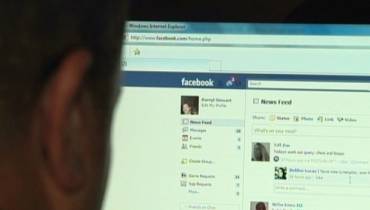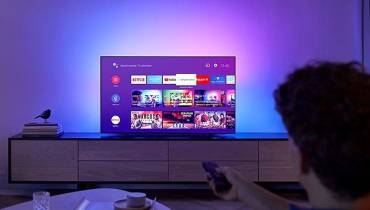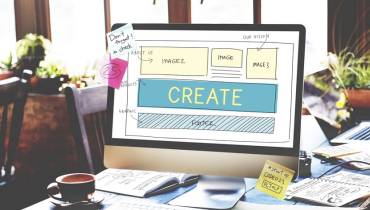Why a Concept Map Is More Useful in Creative Work Than You Might Think

We've written in the past about how human beings are visual learners. Most of us process information based on what we see - it's a large part of what makes the visual content you're creating so effective in the first place.
In fact, according to research compiled by 3M, the company behind the low-tack adhesive sticky notes or Post-it Notes, visuals are processed 60,000 times faster than text.
Not only do you process information faster when it's presented in a visual way, but you are also able to retain and remember larger portions of this info days later. All of this is important if you're trying to get people to take a desired action, like buy your product or invest in your service.
But what a lot of people don't realize is that a visual method works in the opposite direction, too. Not only can visuals help improve the way your message is received when broadcasting it to the widest possible audience, but relying on the tried and true concepts of visual communication can also help you create and hone that message effectively.
This, in essence, is why a concept map – defined as a pictorial diagram that depicts suggested relationships between concepts and or abstract ideas – isn't just important. It's actually far more useful in your creative work than you probably think.
Understand the Art of Concept Mapping
At its core, a concept map is a visual representation (and method for organizing) information. It clearly shows you concepts and ideas in a visual way and, via a series of lines and through strategic placement, it can also show you the relationships between those concepts, too.
If you wanted to create a concept map or conceptual diagram to form the foundation of your larger content strategy, for example, you would start by writing down a series of keywords enclosed in shapes like circles or boxes.
Then, you would draw arrows between those boxes to show how two (or three, or more) are directly related. For the sake of completion, you could then add a short description near the connecting arrow to explain the relationship - just so you remember everything later on.
People use concept maps for a host of different reasons, but it's particularly useful when it comes to organizing the huge amount of research you're doing as you lay out your next few weeks or months of content.
With a concept map, you know that you want to write blogs about X, Y and Z, and you also directly see how those ideas are connected. This means you now have a visual way to confirm that those ideas actually do build upon one another, forming not just a random assortment of content but also a series of pieces that are actually creating something more powerful together than any one of them could on their own.
Benefits of Concept Maps
Experts agree that there are a wide range of benefits of planning ideas and thinking about things using a concept map, including:
- If you're a visual learner (which most of us are), this method will just be easier to create and refer back to than filling up notebook pages with scrawls of text.
- Once those connections and relationships between concepts are properly laid out, you're far more likely to catch insights that probably wouldn't have occurred to you in the past.
- A concept map also helps you utilize the full range of both the left and right hemispheres of the brain.
- Not only does a concept map help with memory recall, but it also helps you clarify your ideas. It helps you structure your ideas and encourages you to think more creatively.
- Likewise, concept maps are proven to aid in the development of high level thinking. You're not just creating something at that point. You're also analyzing and evaluating those ideas in a way that makes them far stronger than they otherwise would have been.
The best part about this technique is that when you sit down with a tool like Visme (which I founded) to create a concept map for your marketing strategy, everything you need to go from "vision" to "execution" is right in front of you. You can directly see how that line graph directly relates back to and supports the thesis of the blog post you just wrote.
Suddenly, you're left with a better, stronger structure for your larger marketing efforts in a way that harnesses the power of visual communication in both inward-facing and outward-facing ways.
Power Your Creativity with Concept Maps
Remember all of this information is about far more than just having ideas. Anybody can have ideas. It's about utilizing those ideas to their fullest potential and getting the message behind the ideas out into the world in the right way at exactly the right time.
A concept map makes it possible to do all of this easily and effectively. Once you begin to experiment with it and see all of the true value it can bring to your process, it's certainly a technique that you'll quickly start to wonder how you were ever able to live without.

![9 Tips for Managing Your Online Writing Projects Efficiently [node:titile]](/sites/default/files/styles/thumbnail_rectangle/public/open-book-laptop-online-writing-tips.jpeg?itok=iq4PIT7b)


















